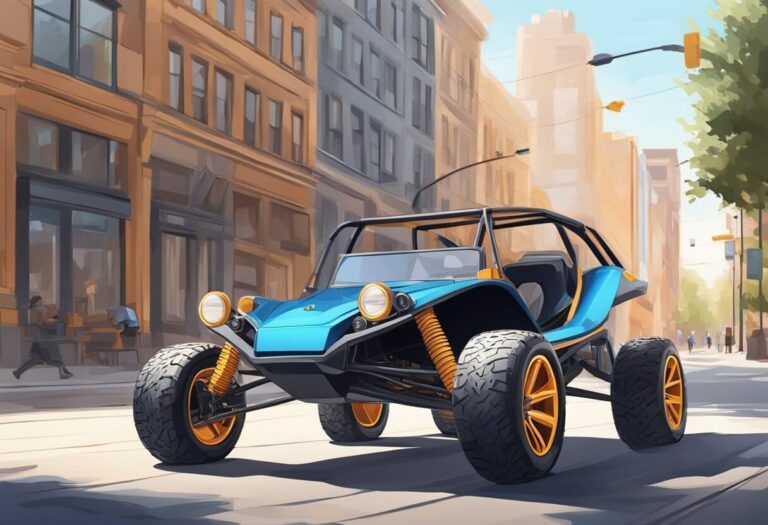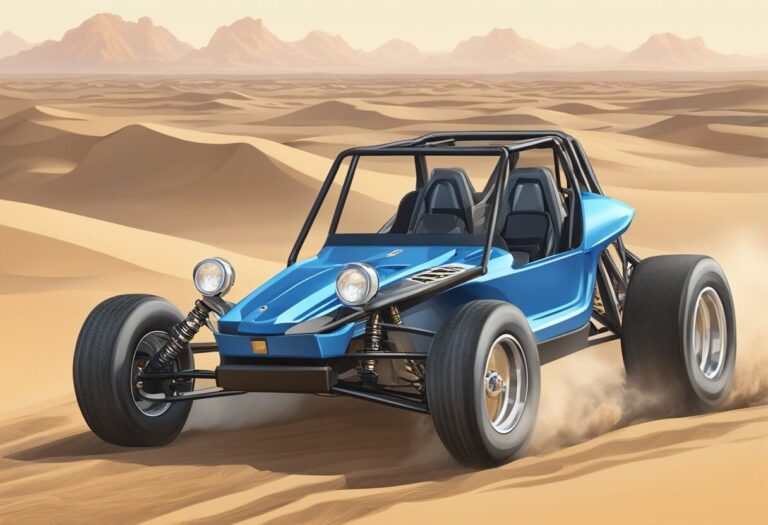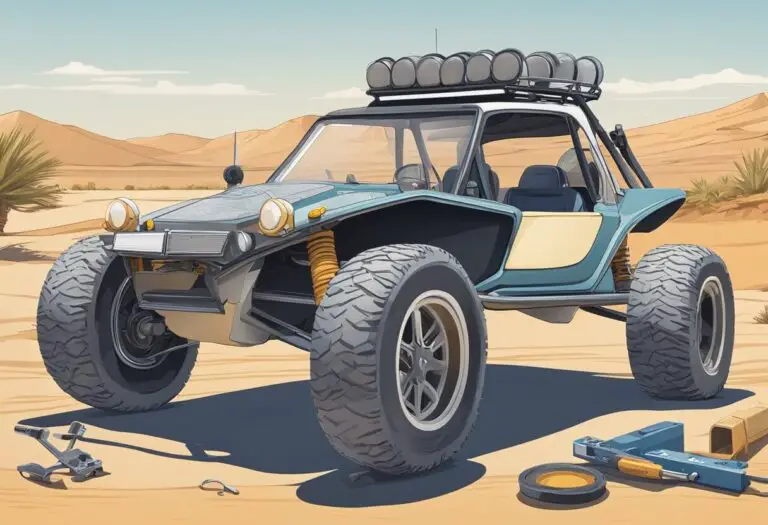Dune Buggy Body Kit: Upgrading Your Ride with Style
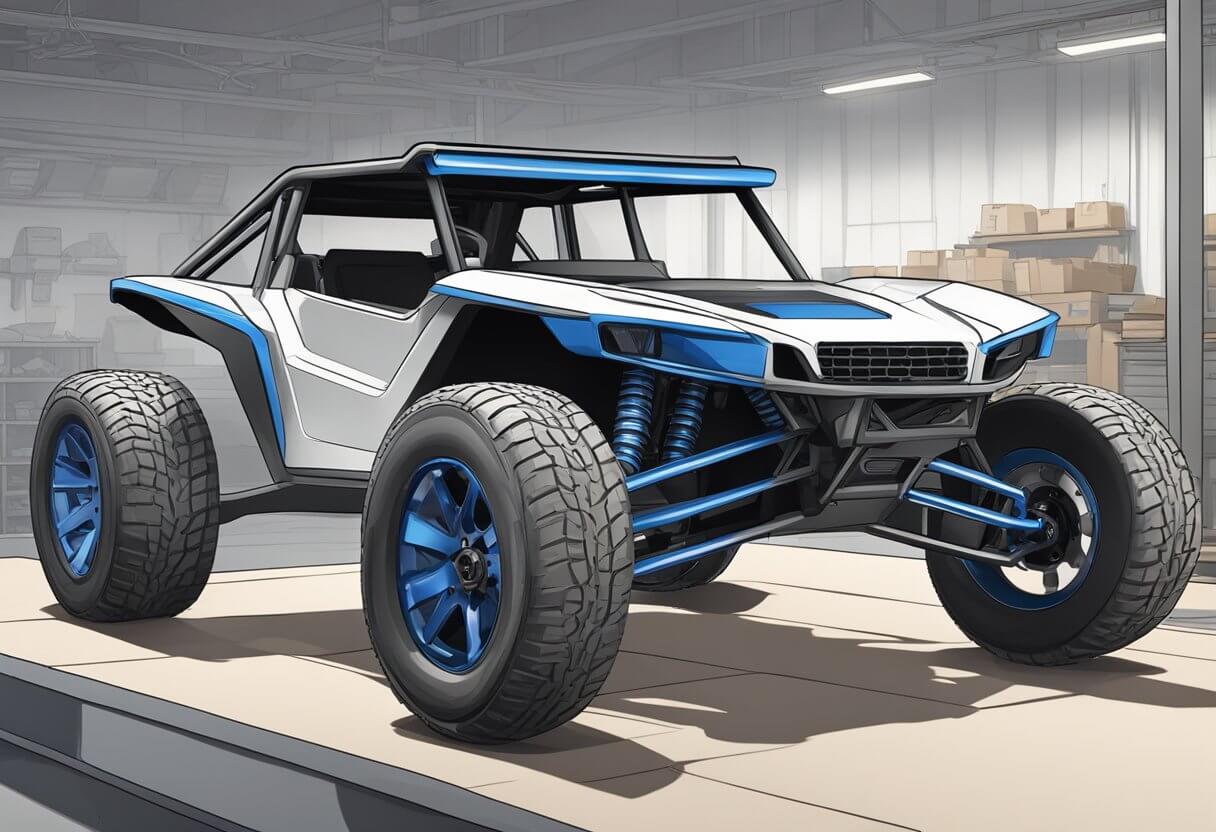
Dune buggies are a popular type of off-road vehicle that are designed for use on sand dunes, beaches, and other similar terrains. They are typically lightweight, open-air vehicles that are built on a modified chassis and feature oversized tires, a roll cage, and other specialized features that make them ideal for driving on sand. One of the key components of a dune buggy is the body kit, which is the outer shell that covers the chassis and provides the vehicle with its distinctive look.
Understanding Dune Buggy Body Kits is an important aspect of building and maintaining a dune buggy. These kits come in a wide variety of shapes, sizes, and materials, and can be customized to suit the needs and preferences of the owner. Some kits are designed for specific types of chassis, while others are more universal in nature and can be adapted to fit a variety of different vehicles.
When choosing a dune buggy body kit, there are several factors to consider, including the materials and composition of the kit, the design and aesthetics of the kit, the installation process, compatibility and fitment with the chassis, performance enhancements, safety considerations, maintenance and care requirements, and cost and budgeting. By carefully considering these factors and doing thorough research, dune buggy owners can ensure that they select the right body kit for their needs and preferences.
Key Takeaways
- Dune buggy body kits are an essential component of building and maintaining a dune buggy.
- There are many factors to consider when choosing a dune buggy body kit, including materials, design, installation, compatibility, performance, safety, maintenance, and cost.
- By doing thorough research and carefully considering these factors, dune buggy owners can ensure that they select the right body kit for their needs and preferences.
Understanding Dune Buggy Body Kits
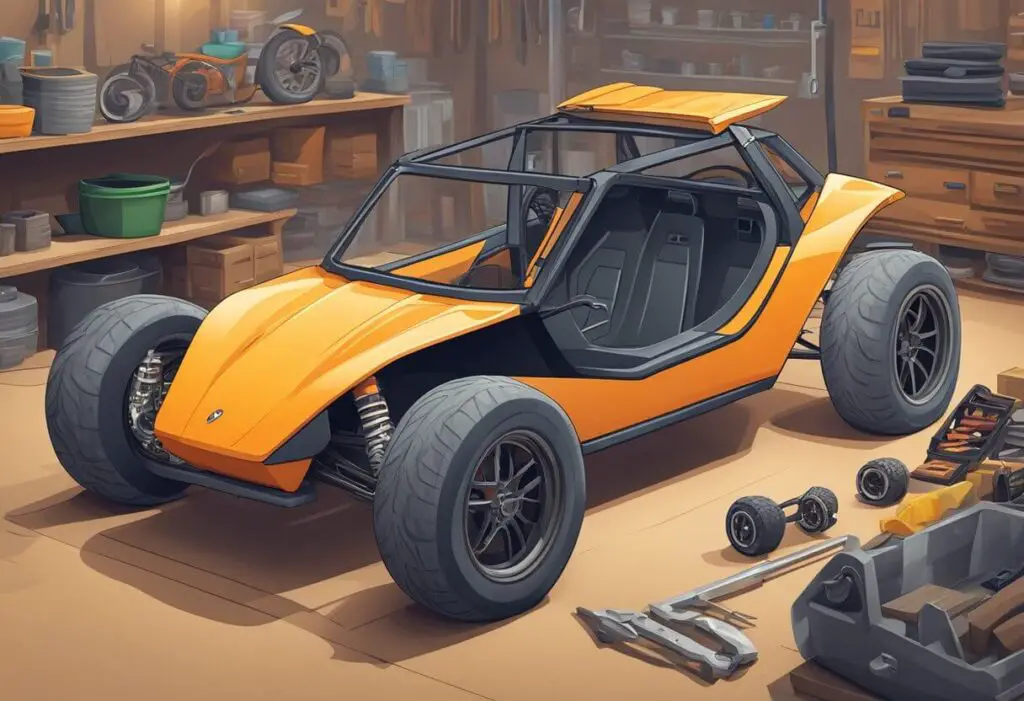
A dune buggy body kit is a collection of parts that are assembled to create a dune buggy body. These kits are designed to fit on a specific type of chassis, usually a Volkswagen Beetle chassis, and can be customized to meet the needs of the driver.
When choosing a dune buggy body kit, it is important to consider the level of difficulty of assembly, the quality of the parts, and the overall performance of the finished buggy. User reviews can provide valuable insights into the experiences of others who have purchased and assembled the kit.
Fiberglass is a popular material used in the construction of dune buggy bodies due to its durability and lightweight properties. Fiberglass bodies can be molded into various shapes and designs, allowing for greater customization options. However, they may require more maintenance than other materials, such as steel or aluminum.
In addition to the body kit itself, other components such as seats, steering wheels, and roll cages may need to be purchased separately. It is important to ensure that these components are compatible with the chosen body kit and chassis.
Materials and Composition
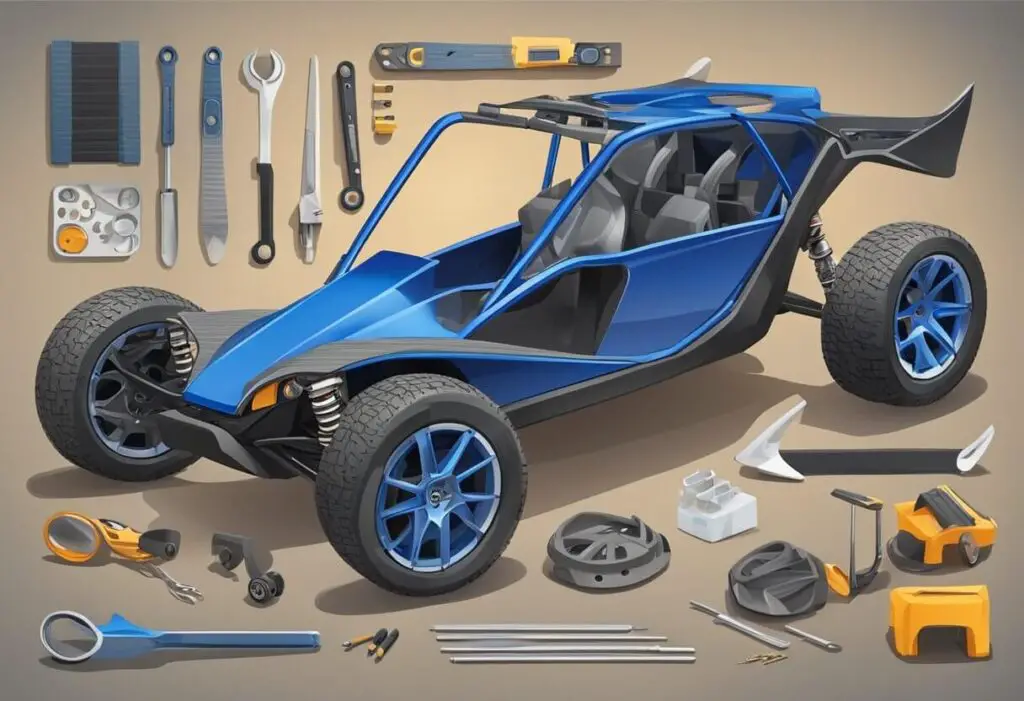
When it comes to dune buggy body kits, there are a few different materials that are commonly used. Each material has its own unique benefits and drawbacks, so it’s important to consider your specific needs and preferences when choosing a kit.
Fiberglass Kits
Fiberglass is one of the most popular materials used for dune buggy body kits. It’s lightweight, durable, and relatively inexpensive. Fiberglass kits are also highly customizable, allowing you to create a unique look for your buggy. However, fiberglass can be prone to cracking and chipping, especially in extreme off-road conditions.
Aluminum Kits
Aluminum is another popular material used for dune buggy body kits. It’s lightweight and strong, making it a good choice for off-road use. Aluminum kits are also resistant to rust and corrosion, which can be a concern in wet or humid environments. However, aluminum kits can be more expensive than fiberglass kits, and they may not be as customizable.
Carbon Fiber Kits
Carbon fiber is a high-tech material that’s often used in high-performance vehicles. It’s extremely lightweight and strong, making it an excellent choice for dune buggy body kits. Carbon fiber kits are also highly customizable, allowing you to create a unique look for your buggy. However, carbon fiber kits can be very expensive, and they may not be as durable as fiberglass or aluminum kits.
Overall, the choice of material for your dune buggy body kit will depend on your specific needs and preferences. Fiberglass kits are a good choice for those who want an affordable and customizable option, while aluminum and carbon fiber kits are better for those who prioritize strength and durability.
Design and Aesthetics
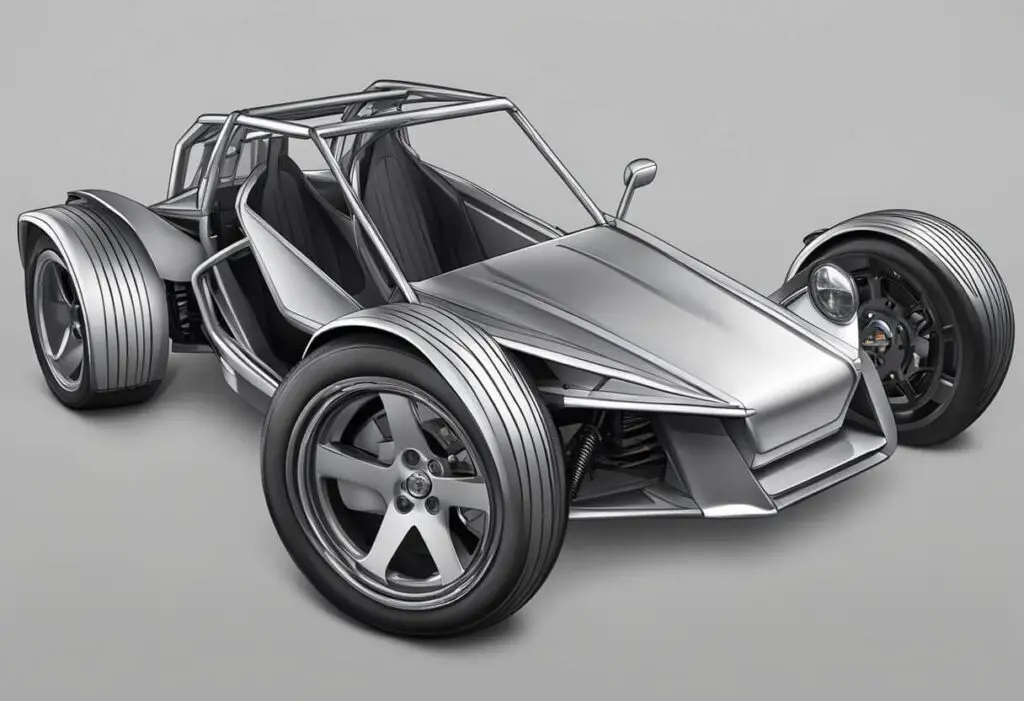
When it comes to dune buggy body kits, design and aesthetics are crucial factors to consider. A well-designed dune buggy not only looks good but also performs well. In this section, we’ll discuss some of the design and aesthetic features to look for in a dune buggy body kit.
Custom Designs
Custom designs are an excellent way to make your dune buggy stand out from the crowd. Many dune buggy body kit manufacturers offer custom designs that allow you to personalize your vehicle. You can choose from a wide range of colors, graphics, and other design elements to create a unique look for your dune buggy.
Pre-Styled Kits
If you don’t have a specific design in mind, you can choose from pre-styled kits. These kits come with a pre-determined design that has been tested and proven to work well. They are a great option for those who want a stylish and functional dune buggy without the hassle of designing it themselves.
Aerodynamics and Style
Aerodynamics and style are two critical factors to consider when choosing a dune buggy body kit. A well-designed dune buggy should be aerodynamic to reduce wind resistance and improve handling. At the same time, it should also look good. Many dune buggy body kits come with aerodynamic features such as spoilers, fenders, and side skirts that not only improve performance but also enhance the vehicle’s appearance.
When choosing a dune buggy body kit, consider design, aesthetics, custom or pre-styled options for personalization, aerodynamics, and style. The right design and aesthetic features create a dune buggy that looks good and performs well.
Installation Process
When it comes to installing a dune buggy body kit, there are two main options: DIY installation or professional installation. Each option has its own benefits and drawbacks, so it’s important to consider which one is right for you.
DIY Installation
For those who are handy with tools and have experience working on cars, DIY installation may be a good option. The process typically involves removing the old body from the chassis and then fitting the new body onto the chassis. Depending on the kit, there may be some cutting and drilling involved.
Before starting the installation process, it’s important to read the instructions carefully and make sure you have all the necessary tools and equipment. It’s also a good idea to have a friend or family member help with the installation, as some parts of the process may require two people.
One of the benefits of DIY installation is that it can save you money on labor costs. However, it’s important to keep in mind that if you make a mistake during the installation process, it could end up costing you more in the long run to fix the problem.
Professional Installation
For those who don’t have experience working on cars or who want to ensure that the installation is done correctly, professional installation may be the best option. Many dune buggy kit manufacturers offer installation services, or you can take your kit to a local mechanic or body shop.
The benefit of professional installation is that you can be sure the job is done correctly and safely. Additionally, if there are any issues with the installation, the installer will be responsible for fixing the problem.
However, professional installation can be more expensive than DIY installation, as you’ll need to pay for labor costs. It’s important to get a quote from the installer before committing to the installation to ensure that you can afford the cost.
Compatibility and Fitment
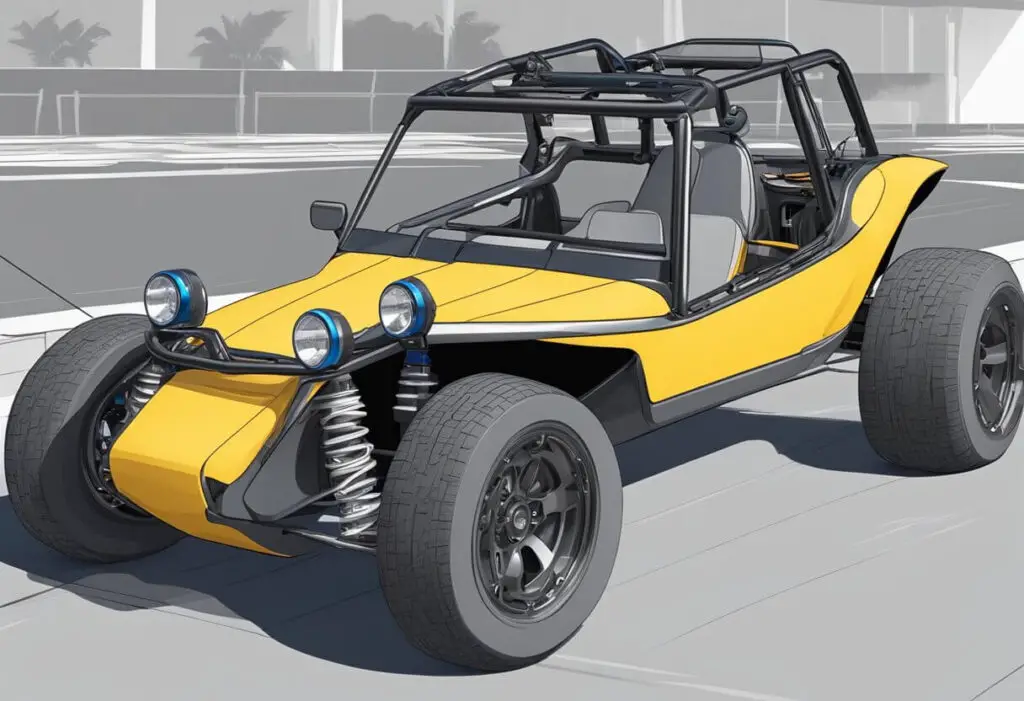
When it comes to purchasing a dune buggy body kit, compatibility and fitment are crucial considerations. A body kit that doesn’t fit properly can lead to a host of problems down the line. In this section, we will discuss the two types of dune buggy kits available based on compatibility and fitment.
Universal Fit Kits
Universal fit kits are designed to fit on a wide range of chassis, making them a popular choice among dune buggy enthusiasts. These kits are typically made from fiberglass and come in a variety of styles and designs. They can be used to create a custom look for your dune buggy and are relatively easy to install.
One of the advantages of universal fit kits is that they are compatible with a wide range of chassis, including those from VW and other manufacturers. This makes it easy to find a kit that will work with your existing dune buggy or to create a new one from scratch.
Model-Specific Kits
Model-specific kits are designed to fit on a specific make and model of dune buggy. These kits are typically made from high-quality materials and are designed to provide a perfect fit. They are often more expensive than universal fit kits but offer a higher level of quality and performance.
One of the advantages of model-specific kits is that they are designed to work seamlessly with your existing dune buggy. This means that you can be sure that the kit will fit properly and provide the performance and durability that you need.
When choosing a dune buggy body kit, it’s important to consider compatibility and fitment. Whether you choose a universal fit kit or a model-specific kit, be sure to choose a high-quality kit that is designed to provide the performance and durability that you need for your off-road adventures.
Performance Enhancements
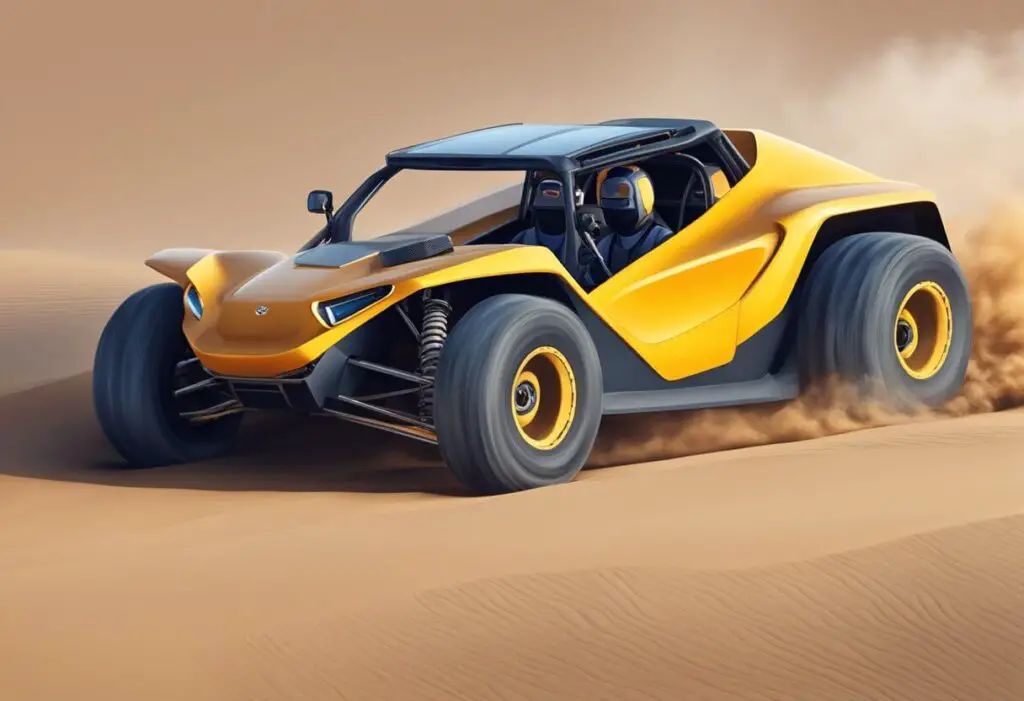
Dune buggy enthusiasts are always looking for ways to improve the performance of their vehicles. Here are some performance enhancements that can be achieved with dune buggy body kits.
Weight Reduction
One of the most effective ways to improve the performance of a dune buggy is to reduce its weight. This can be achieved by installing a lightweight fiberglass body kit. Fiberglass is a strong and durable material that is also lightweight, making it an ideal choice for dune buggy body kits.
In addition to the body kit, other weight reduction measures can be taken. For example, lightweight wheels and tires can be installed, and unnecessary accessories can be removed. By reducing the weight of the dune buggy, it will be able to accelerate faster and handle better.
Improved Handling
Another way to improve the performance of a dune buggy is to improve its handling. This can be achieved by installing a body kit that is designed to improve aerodynamics. A well-designed body kit can reduce drag and improve downforce, resulting in better handling and stability.
In addition to the body kit, other measures can be taken to improve handling. For example, installing a suspension kit can improve the ride quality and handling of the dune buggy. Upgrading the brakes can also improve the handling, as well as the safety, of the vehicle.
Safety Considerations
When it comes to dune buggy body kits, safety should be a top priority. There are a few key factors to consider when it comes to safety, including roll cages and body strength.
Roll Cages
One important safety feature to consider is a roll cage. A roll cage is a structure that is designed to protect the occupants of a vehicle in the event of a rollover. It is typically made of steel tubing and is mounted to the chassis of the vehicle.
When choosing a roll cage for a dune buggy, it is important to make sure that it is designed specifically for the make and model of the buggy. It should be installed by a professional to ensure that it is properly secured and will provide adequate protection in the event of a rollover.
Body Strength
Another important safety consideration when it comes to dune buggy body kits is body strength. The body of the buggy should be strong enough to withstand the rigors of off-road driving, including bumps, jumps, and other obstacles.
Fiberglass is a popular material for dune buggy bodies, as it is lightweight and durable. However, it is important to make sure that the fiberglass is of high quality and is properly reinforced to ensure that it will not crack or break under stress.
In addition to choosing a strong body material, it is also important to make sure that the body is properly attached to the chassis of the vehicle. This will help to prevent the body from shifting or coming loose during off-road driving, which could be dangerous for the occupants of the buggy.
Overall, safety should be a top consideration when it comes to dune buggy body kits. By choosing a roll cage and body material that are strong and properly installed, drivers can help to ensure that they are protected while enjoying their off-road adventures.
Maintenance and Care
Maintaining a dune buggy body kit is important to ensure its longevity and performance. Here are some tips to keep your dune buggy in top condition:
- Regularly wash the dune buggy with soap and water to remove dirt and debris that can cause damage to the paint and body. Use a soft cloth or sponge to avoid scratching the surface.
- Inspect the body kit regularly for any signs of damage or wear and tear. Replace any damaged parts as soon as possible to prevent further damage.
- Lubricate the moving parts of the dune buggy, such as the suspension and steering components, to ensure smooth operation. Use a high-quality lubricant that is compatible with the materials used in the body kit.
- Store the dune buggy in a dry and cool place to prevent rust and corrosion. Cover the body kit with a protective cover to prevent dust and debris from accumulating on the surface.
- Check the tires regularly for proper inflation and wear. Replace any worn tires to ensure safe operation of the dune buggy.
By following these maintenance tips, dune buggy enthusiasts can enjoy their off-roading adventures with a well-maintained and reliable vehicle.
Cost and Budgeting
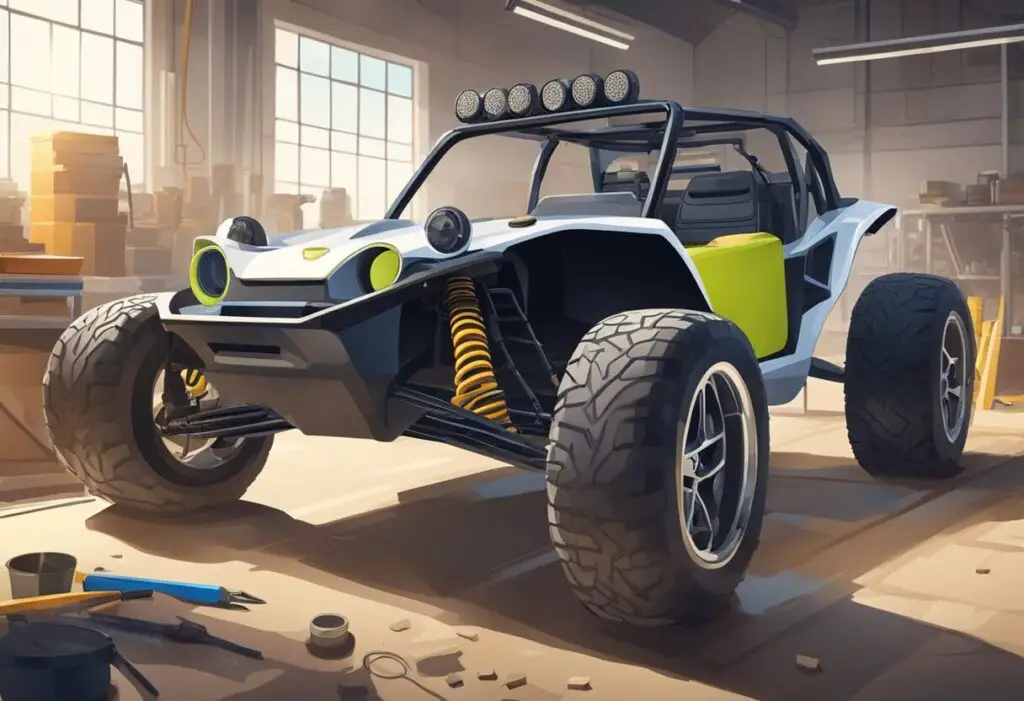
When it comes to building a dune buggy, cost is a significant factor that needs to be considered. The total cost of building a dune buggy depends on several factors, including the type of kit, the level of customization, and the quality of parts used.
One of the essential things to consider when budgeting for a dune buggy is the kit’s cost. The cost of a dune buggy kit varies widely depending on the manufacturer, the level of customization, and the type of kit. For instance, a basic dune buggy kit can cost as low as $3,000, while a high-end kit can cost upwards of $15,000.
Another factor that affects the total cost of building a dune buggy is the cost of parts. Building a dune buggy requires several parts, including the engine, transmission, suspension, brakes, and tires. The cost of these parts varies depending on the quality and brand. It is essential to choose high-quality parts that can withstand the rigors of off-road driving.
In addition to the cost of the kit and parts, there are other expenses that need to be considered when budgeting for a dune buggy. These include the cost of tools, paint, and other supplies. It is also important to consider the cost of labor if you are not building the dune buggy yourself.
Overall, building a dune buggy can be an expensive project. However, with careful budgeting and planning, it is possible to build a high-quality dune buggy that meets your needs and budget.
Legal and Regulatory Compliance
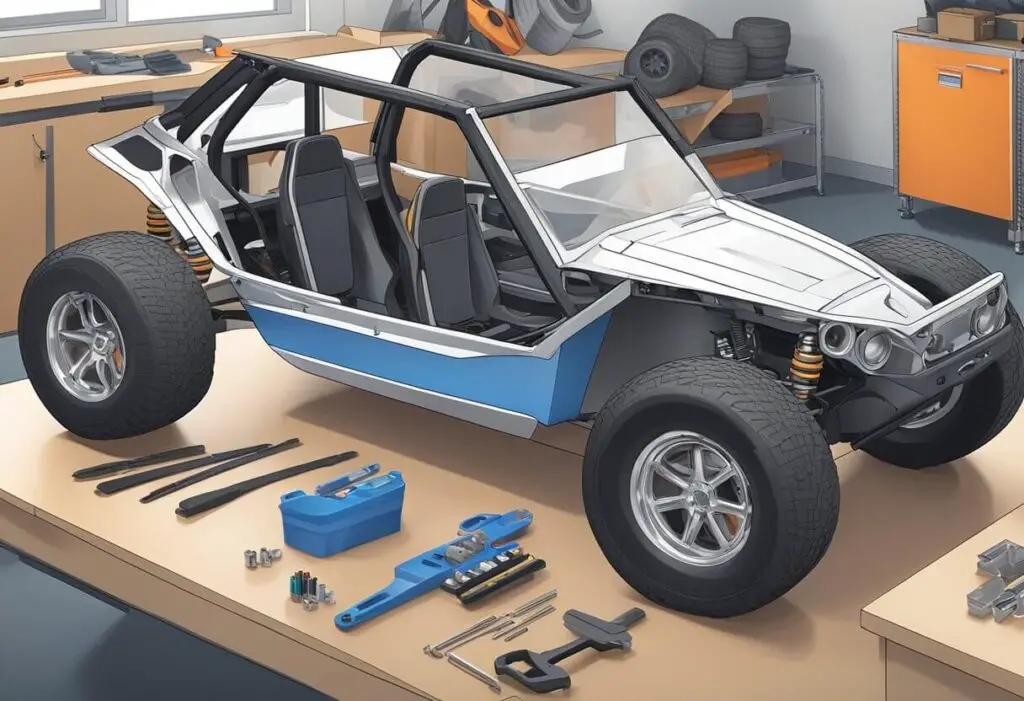
When it comes to building a dune buggy, it is important to ensure that it is street legal. This means that the vehicle must comply with all applicable regulations and laws. Failure to comply with these regulations can result in fines or even impoundment of the vehicle.
To ensure that your dune buggy is street legal, it is important to follow the regulations set by the Department of Transportation (DOT) and the Environmental Protection Agency (EPA). The DOT regulates the safety aspects of the vehicle, while the EPA regulates the emissions.
One of the key requirements for a street-legal dune buggy is that it must have a valid license plate and registration. The vehicle must also have proper lighting, including headlights, taillights, and turn signals. Additionally, the vehicle must have a working horn, mirrors, and windshield wipers.
Another important aspect of compliance is emissions. The EPA requires that all vehicles meet certain emissions standards. This means that the engine must be properly tuned and equipped with a catalytic converter and other emissions control devices.
In addition to these requirements, it is important to check with your state and local authorities for any additional regulations or requirements. Some states have specific laws regarding the use of off-road vehicles on public roads.
All in all, compliance with regulations and laws is essential when building a dune buggy. By following these requirements, you can ensure that your vehicle is safe and legal to drive on public roads.


